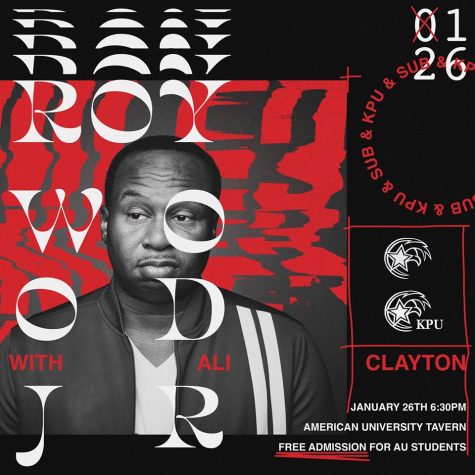BDSM: Safe, Sane, Consensual: Untying Stigmas
A lot of the general public’s knowledge of the concept of BDSM is limited to the book 50 Shades of Gray, Rihanna’s hit song “S&M” and perhaps a few scenes from the film “The Wolf of Wall Street.” Other than that, the activities of the BDSM community tend to remain a mystery and many people who participate in these activities like to keep it under wraps out of fear that people might judge them. It does, after all, seem a bit shocking that some people feel safer hearing the question “can I tie you up?” than “can I buy you a drink?”
So what exactly goes on in the community? BDSM stands for bondage, discipline, submission and masochism, but the acronyms letters S and D can also stand for dominance and sadism. The acronym SSC, safe, sane and consensual, is also deeply ingrained into the practice.
Safety is a top priority as many of the practices like fire scenes (briefly lighting the skin on fire), rope scenes (binding people tightly in rope) and water scenes (simulating drowning) can easily cause serious injury or even be fatal. This goes hand-in-hand with the sane component, which emphasizes the importance of not being in a state of mind altered by drugs or alcohol while performing any BDSM.
Finally, consent is of the utmost importance with any BDSM activity.
“It’s more safe than any other sexual interaction you would ever have,” says an anonymous student. “Consent is the name of the game.”
Despite the activity providing a safe and consensual environment, those who lead more “vanilla” sex lives, which don’t involve BDSM, may still be apprehensive about putting on a collar and leash. Some students, however, think that these activities are more commonplace.
“Everyone has a kink, even if they don’t know it.”
“Everyone has a kink,” says a student who was previously in AU Kinksters, an on-campus community of students who participate in BDSM activity. “Even if they don’t know it. It could even be as mild as liking girls who wear red nail polish.”
Thanks to the culture of consent in these communities, it is considered normal to simply observe others do “scenes” with one another at sex clubs. Health codes vary among sex clubs as some clubs prohibit intercourse, but all provide sanitary wipes for equipment, and condoms are always available.
“In any sexual situation, an open dialogue in which each person feels free to express their wants, needs and preferences is key to achieving consent,” said Haley Hawkins, the director of Women’s Initiative. “BDSM is no exception and, though many have misconceptions about this, those within the BDSM community will often tell you that consent is essential regardless of the sexual act or context.”
Despite remaining a stigmatized practice, the BDSM culture provides a “safe, sane and consensual” environment for people to explore their sexuality. While BDSM is not the cure for a culture that still struggles with consent and healthy attitudes towards sexuality, setting clear boundaries and maybe even putting on handcuffs (safely, sanely, and consensually, of course) are some lessons everyone can learn from the community.











